Growing Lemon Verbena for Your Garden
For those who aren’t quite sure what Lemon Verbena is, it’s a shrub-like herb that’s native to tropical climates. It’s often used in cooking, teas, and landscaping because of its lemony scent and attractive glossy, flat, green leaves.
Although Lemon Verbena prefers warmer weather, it can be grown in any climate; by planting it as a container plant and bringing it inside during colder months. It’s important to remember when planting lemon verbena that it needs plenty of drainage and room for root growth. You will also want to monitor how much water you provide this plant.
Choosing a Location and Proper Container
Since Lemon Verbena is a hedge type plant, it can get as large as six feet tall, and as wide as eight feet. However, you can control how big your plant gets by regularly trimming back overgrowth, and using a smaller container. Ideally, you should use a container no smaller than twelve inches in diameter though to make sure that your plant’s root system have plenty of room to expand and maintain water drainage.
If you choose to control your plant’s size through regular pruning, you will be able to keep your plant from sprawling, and it will have the appearance of a small tree, but your plant will not yield as many of the sought after leaves.
Because of the Lemon Verbena’s potential to become quite large, it’s important when planting in the ground to choose a location that has plenty of room for expansion to avoid having to transplant it later or having overcrowding issues.
You will want to take your plant’s potential size into account when container planting as well if you live in colder climates since you’ll need to bring it indoors during the cold weather month.
As this is a large container plant that prefers warmer temperatures, it’s a good option for use as an indoor plant or an annual during warmer months. Using Lemon Verbena as a houseplant avoids potential back injuries from moving the large heavy pots, and provides a lemony scented air freshener year round.
Avoid Overwatering Lemon Verbena
According to Bonnie Plants, overwatering is a common way in which gardeners kill Lemon Verbena plants. This tasty little herb requires plenty of water with sufficient drainage, especially when planted in containers to assure that fungus doesn’t begin to grow.
Monrovia Plant Catalog, recommends, watering your Lemon Verbena using the soak and dry method. What this means is to soak the soil so that the roots are saturated thoroughly, and then allow the plant’s soil to dry out before you water it again. You should re-water when the top 3 inches of soil have become dry.
The amount of time that it takes the soil to dry out completely will vary by geographic location due to temperature variances, so be sure to check your plant’s soil regularly.
Mulching for Added Hydration
It is recommended to use mulch to insulate your plant’s soil and root system. Using approximately a 2 to 3-inch thick layer of mulch around the base of your Lemon Verbena will help retain the soil’s moisture, while also providing a weed barrier to minimize invasive weeds that will steal vital nutrients and water from your plant.
A third benefit of using mulch is that it creates a frost barrier for your plant’s roots as the seasons change and frost becomes an issue.
How and When to Fertilize
Over fertilizing will reduce the amount of oils found in the leaves, and give the plant a long scraggly appearance. Since the oils in the leaves are what give the Lemon Verbena plant its lemony scent your plant will not produce as much of the desired fragrance if you over fertilize.
To feed your plant correctly, you should use a water-soluble fertilizer applying it to the growing plant’s moist soil once per month. Do not fertilize dry soil or you’ll scorch your plant’s root system. Fertilization does not need to be done during the plant’s dormant seasons which are fall and winter.
Harvesting and Maintaining for the Best Yield
Harvesting the leaves from your Lemon Verbena plant will initiate growth creating a bushier plant than if left alone. The best time to harvest your leaves is during the growing season in the morning just after the dew dries.
You will want to pinch off the top one inch of stems before the small flowers begin to bud to promote growth. For a larger harvest, Adams Farm recommends cutting the plant back about half way. Below is a video to provide you with a visual aid for the proper way to harvest your Lemon Verbena leaves.
After you harvest your herbs the best way to store them is to either dry them or freeze them in ice cube trays with water. Both of these methods will provide you with fresh herbs for cooking or preparing tea during the plant’s dormant months. Here’s a brief video of how you can make fresh Lemon Verbena Tea at home.
When to Bring your Plants Inside
Seasonal changes will trigger your Lemon Verbena to begin dropping its leaves. As long as this is occurring during the fall or winter, this is an indication that it’s entering its dormant stage. If you see this happening during the growing months, you may have a watering or disease issue that you should investigate.
Some people choose to wait until the dropping foliage has completed falling before bringing it indoors to avoid having to clean up falling leaves. However, it’s up to you when you bring your container plants inside, as long as you do it before the first frost.
Better Homes and Gardens suggests bringing your herbs indoors before they begin to enter their hibernation stage to extend your plant’s growing season and provide you with fresh off the stem herbs long into the winter. They do say that you should return these plants back to the outdoors once spring returns so that they can continue their growth phase.
Photo by H. Zell licensed under CC-BY-SA-3.0

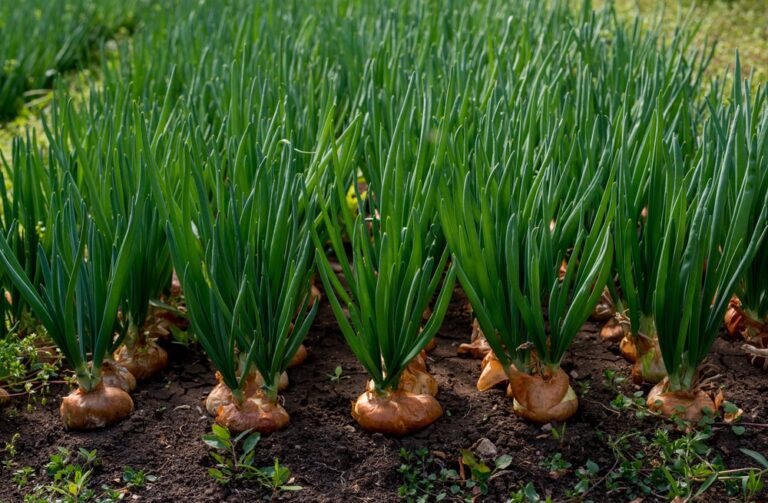
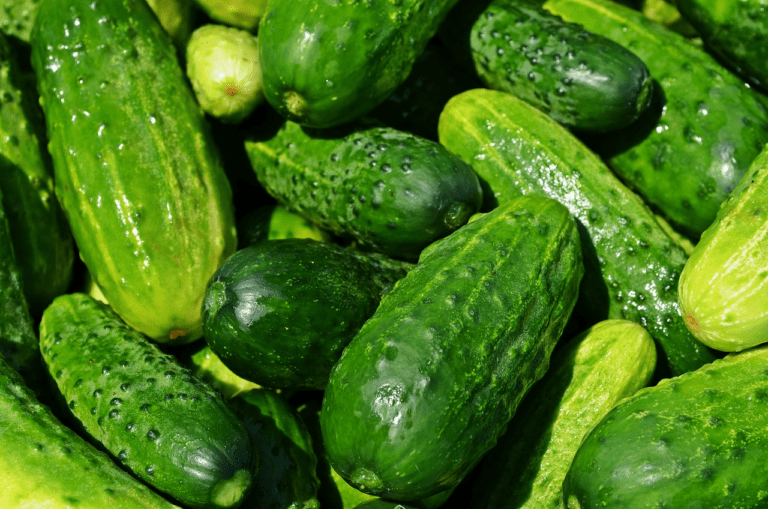
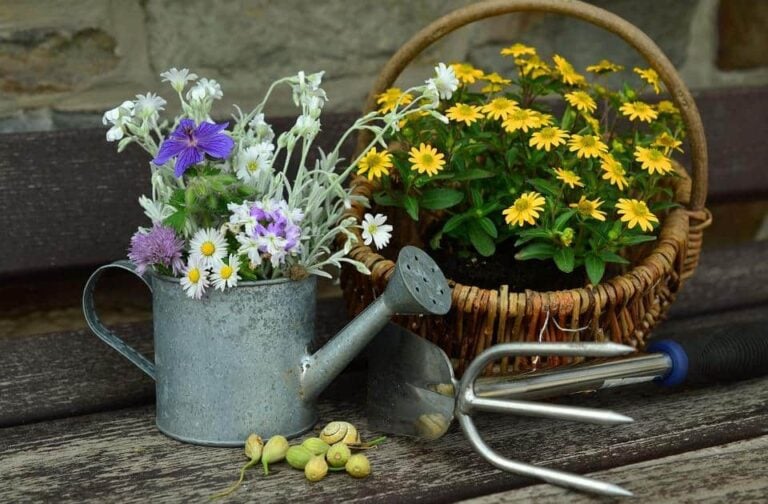
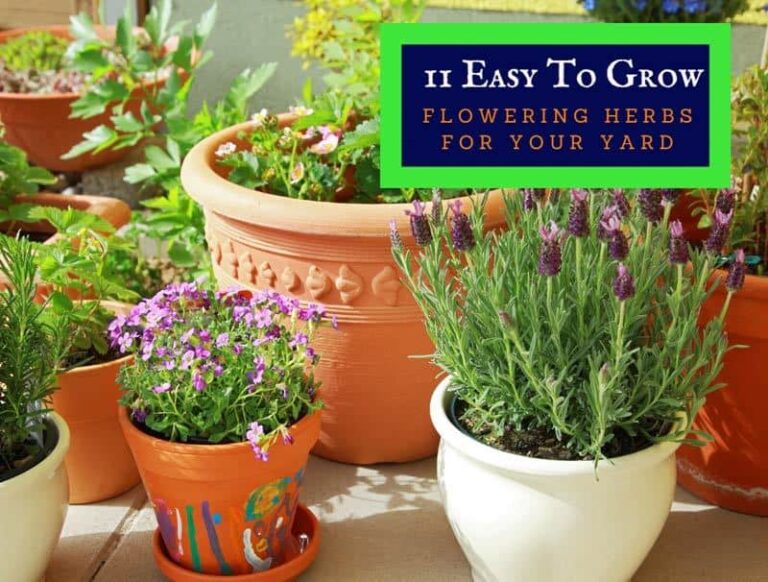
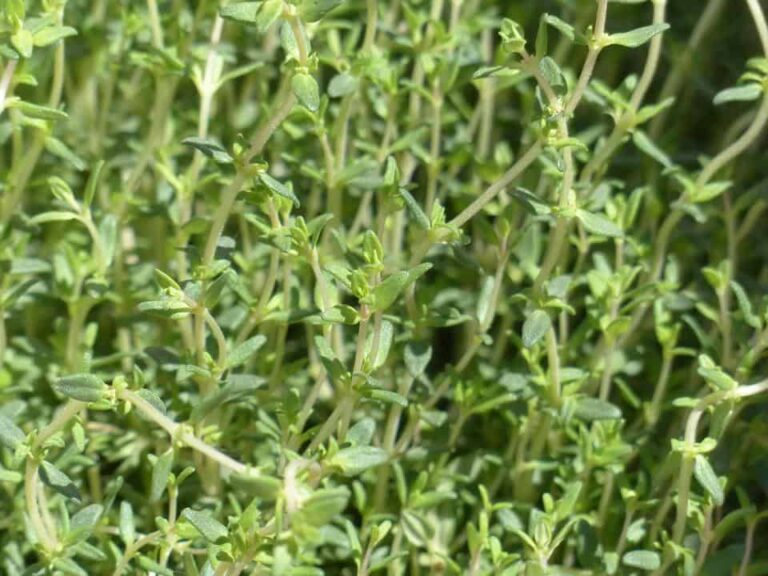
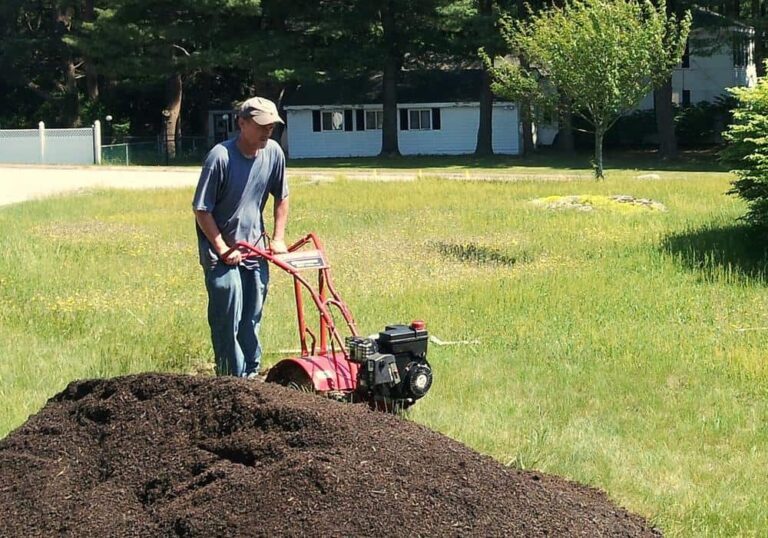
Thanks so much for these useful tips! We are planning our first proper rose garden and so I’m devouring all the articles like this! Thanks for the useful tips.